Drip Coffee Caffeine vs Espresso: Which Packs a Bigger Punch?

Drip coffee and espresso are two of the most popular ways to consume caffeine. While both provide a caffeine boost, there are some key differences in the way they are prepared and the amount of caffeine they contain. In this article, we will explore the differences between drip coffee and espresso and help you determine which one is the best choice for your caffeine needs.
Drip coffee is made by pouring hot water over ground coffee beans and letting the water drip through a filter into a carafe or mug. This method of brewing coffee is popular because it is simple and easy to do at home. Drip coffee typically has a milder flavor and contains less caffeine than espresso. However, because it is brewed in larger quantities, it is easier to consume more caffeine overall.
Espresso, on the other hand, is made by forcing hot water through finely ground coffee beans using a machine. This method of brewing coffee produces a concentrated shot of coffee with a strong, bold flavor. Espresso contains more caffeine per ounce than drip coffee, but because it is served in smaller quantities, the total amount of caffeine consumed is usually lower. Many people prefer espresso because of its strong flavor and the quick caffeine boost it provides.
Caffeine Content
Caffeine is a natural stimulant found in coffee, tea, and other plants. It is what gives coffee its energizing effects. However, not all coffee drinks are created equal when it comes to caffeine content. In this section, we will explore the caffeine content of drip coffee and espresso.
Drip Coffee
Drip coffee is the most common type of coffee consumed in the United States. It is made by pouring hot water over ground coffee beans and allowing the water to slowly drip through a filter. The caffeine content of drip coffee can vary depending on the type of bean, the brewing method, and the serving size.
On average, an 8-ounce cup of drip coffee contains between 95-200 milligrams of caffeine. However, some specialty coffee drinks can contain much more caffeine. For example, a 16-ounce Starbucks Blonde Roast brewed coffee contains 360 milligrams of caffeine.
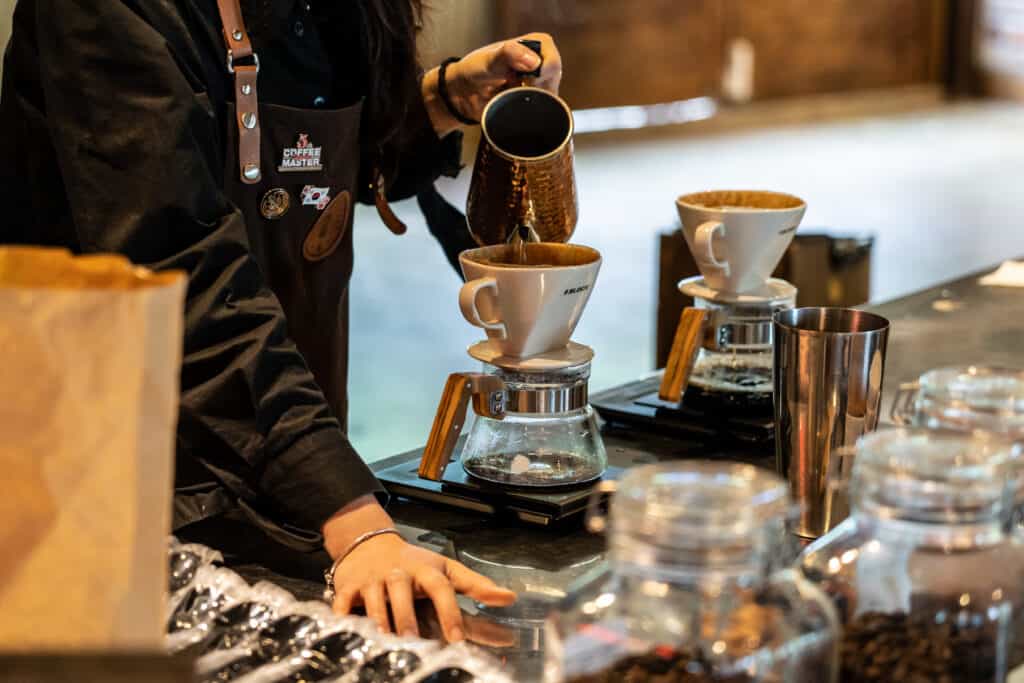
Espresso
Espresso is a concentrated coffee beverage made by forcing hot water through finely ground coffee beans. It is typically served in small shots and is the base for many popular coffee drinks like lattes and cappuccinos. Despite its small size, espresso contains a higher concentration of caffeine than drip coffee.
On average, a single shot of espresso contains between 30-50 milligrams of caffeine. However, some espresso drinks like a double shot latte can contain up to 150 milligrams of caffeine.
It’s important to note that while espresso contains more caffeine per shot than drip coffee, a standard serving size of drip coffee contains more caffeine overall. This is because a typical serving of drip coffee is much larger than a shot of espresso.
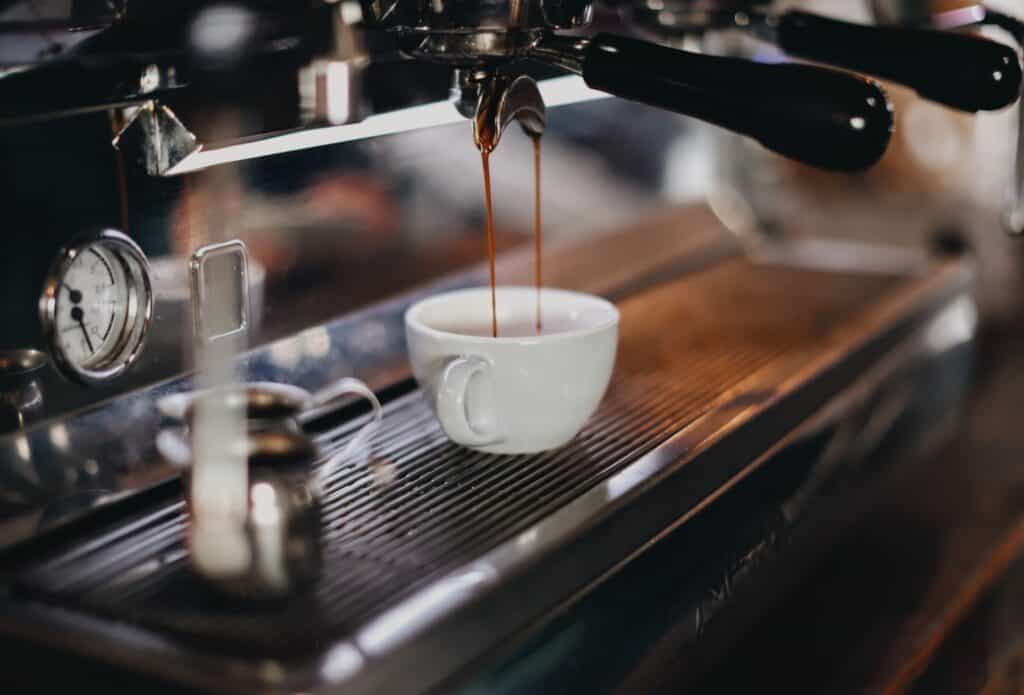
| Coffee Type | Caffeine Content (8 oz serving) |
|---|---|
| Drip Coffee | 95-200 mg |
| Espresso (single shot) | 30-50 mg |
Preparation and Brewing
Drip Coffee
Drip coffee is one of the most popular coffee brewing methods in the world. It involves pouring hot water over coffee grounds, which are held in a paper filter. The water then drips through the filter and into a carafe or mug. The process takes several minutes and produces a mild, smooth coffee with a lower caffeine content than espresso.
The caffeine content in drip coffee can vary depending on the type of coffee beans used, the brewing method, and the strength of the coffee. On average, an 8-ounce cup of drip coffee contains around 95 milligrams of caffeine.
To make a great cup of drip coffee, it is essential to use high-quality coffee beans and a good brewing machine. The water temperature should be between 195 and 205 degrees Fahrenheit, and the coffee-to-water ratio should be around 1:15.
Espresso
Espresso is a concentrated coffee that is brewed by forcing hot water through finely ground coffee beans under high pressure. It is a popular coffee drink in Italy and is often served in small shots.
Espresso has a higher caffeine content than drip coffee due to its concentrated nature. On average, a single shot of espresso contains around 63 milligrams of caffeine.
To make a great shot of espresso, it is essential to use high-quality coffee beans and a good espresso machine. The water temperature should be between 190 and 200 degrees Fahrenheit, and the coffee-to-water ratio should be around 1:2.
Espresso can be enjoyed on its own or used as a base for other coffee drinks such as cappuccinos and lattes.
Taste and Flavor
Drip Coffee
Drip coffee is known for its smooth and mellow taste. The longer brewing time allows for a more complex and subtle flavor profile to develop. Drip coffee is often described as having a nutty, chocolatey, or fruity taste, depending on the type of beans used and the brewing method.
One of the benefits of drip coffee is that it can be customized to individual preferences. The amount of coffee used, the grind size, and the brewing time can all be adjusted to achieve a desired taste and strength.
Espresso
Espresso, on the other hand, is known for its bold and intense flavor. The short brewing time and high pressure result in a concentrated shot of coffee that is rich and full-bodied. Espresso is often described as having a strong, bitter, or smoky taste.
While espresso can be enjoyed on its own, it is also the base for many popular coffee drinks, such as lattes and cappuccinos. The addition of steamed milk and flavored syrups can help balance out the strong taste of espresso and create a more complex flavor profile.
Overall, the taste and flavor of drip coffee and espresso can vary greatly depending on personal preferences and brewing methods. While drip coffee is known for its smooth and mellow taste, espresso is prized for its bold and intense flavor.
Section 5: Cost and Accessibility
Drip Coffee
Drip coffee is widely available and easy to find. You can purchase drip coffee makers at a reasonable price and make it at home. You can also find drip coffee at most coffee shops, restaurants, and cafes. The cost of a cup of drip coffee varies depending on the location, but it is generally less expensive than espresso.
One of the benefits of drip coffee is that you can make a large batch at once, which is great for sharing with friends or family. Additionally, you can choose from a variety of different types of coffee beans to use in your drip coffee maker, giving you more control over the flavor and strength of your coffee.
Espresso
Espresso is typically more expensive than drip coffee. This is partly because it requires more coffee beans to make a single shot of espresso than it does to make a cup of drip coffee. Additionally, espresso machines are more expensive than drip coffee makers.
Espresso is also less accessible than drip coffee. You can find espresso at most coffee shops, but it may not be available at all restaurants or cafes. If you want to make espresso at home, you will need to purchase an espresso machine, which can be expensive.
However, many coffee lovers prefer espresso because of its strong, rich flavor. Espresso shots are also smaller than a cup of drip coffee, so you can enjoy a shot of espresso as a quick pick-me-up without consuming as much caffeine as a full cup of coffee.
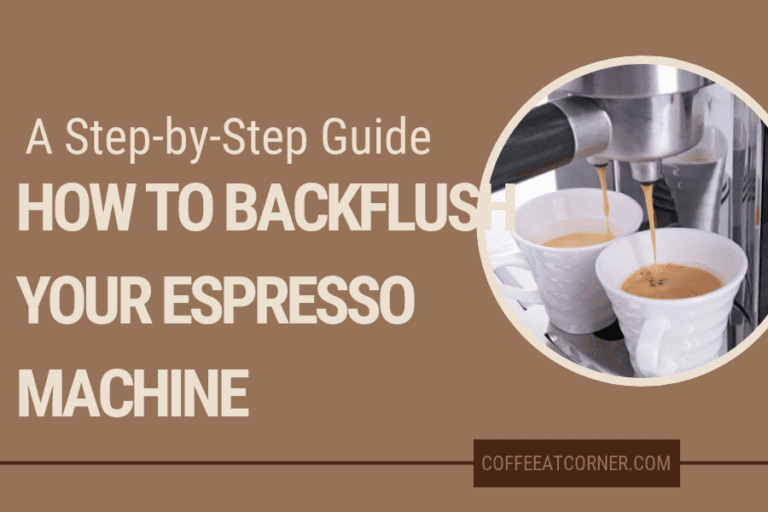
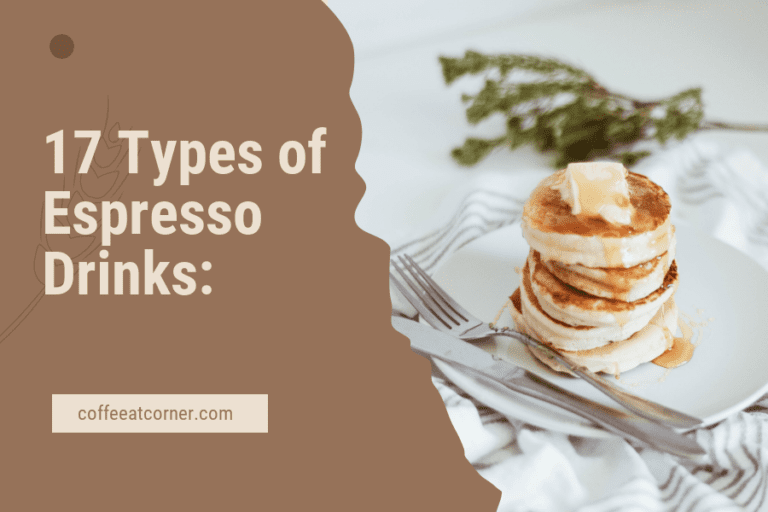
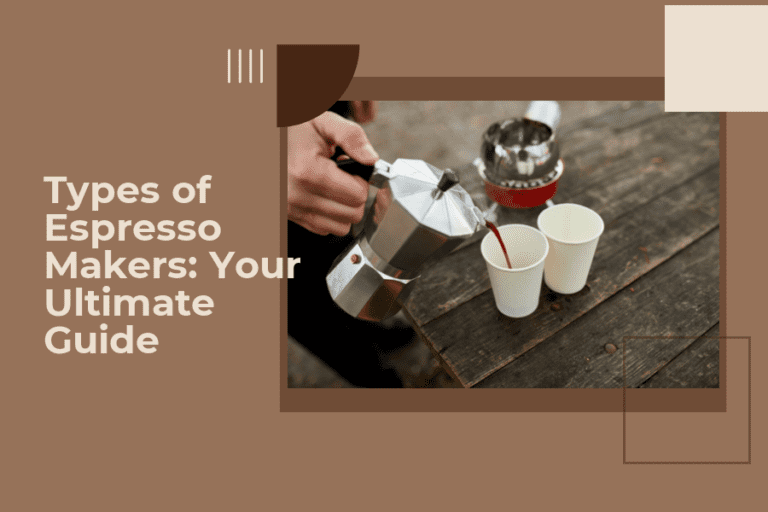

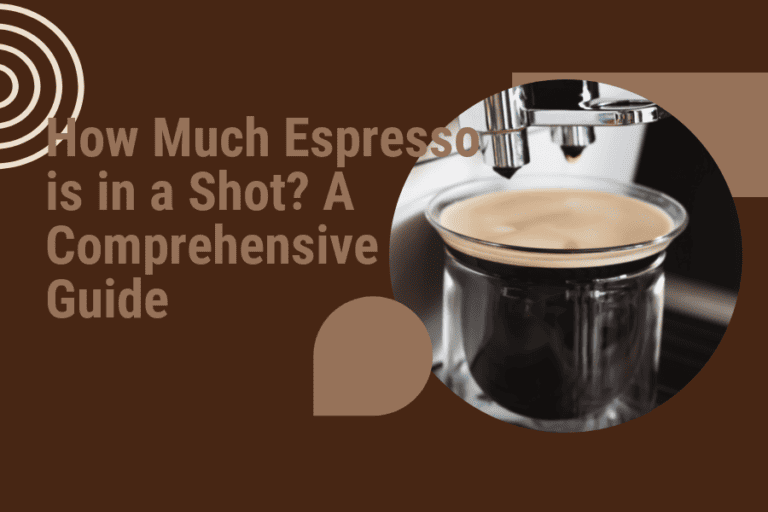
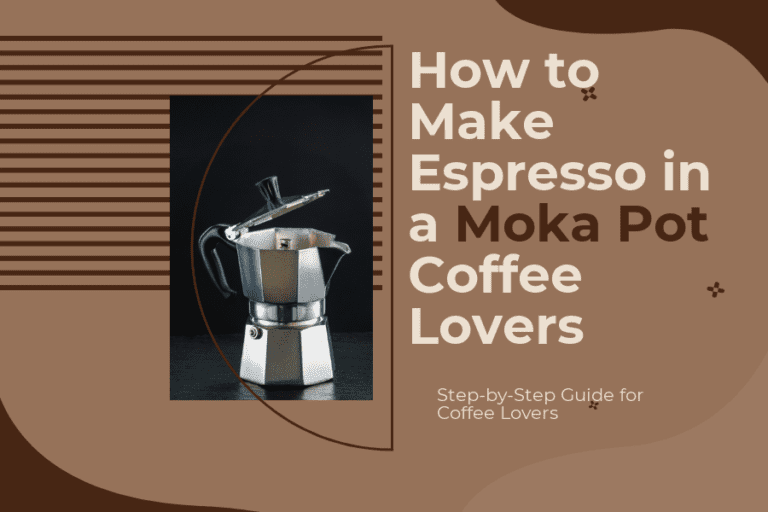
One Comment